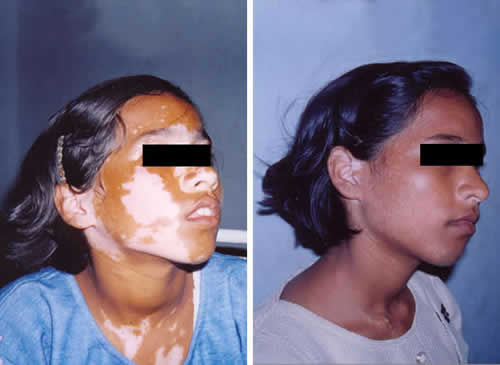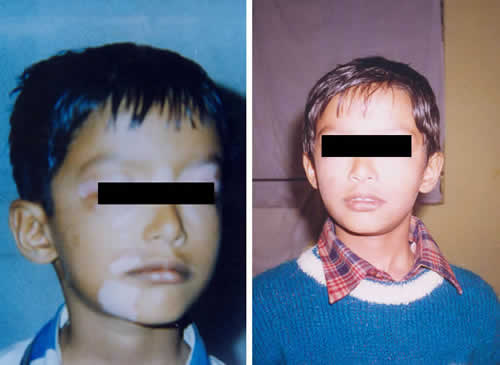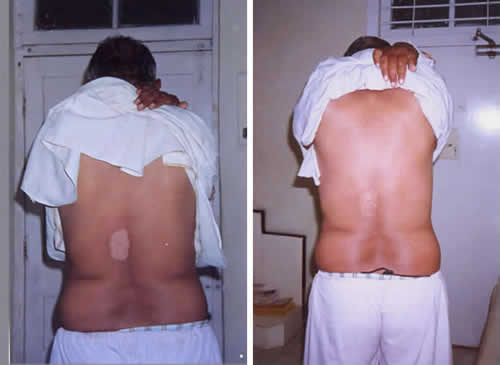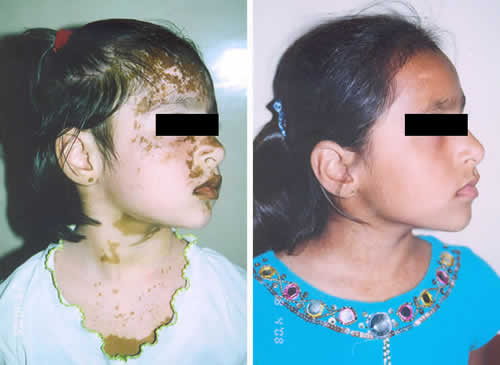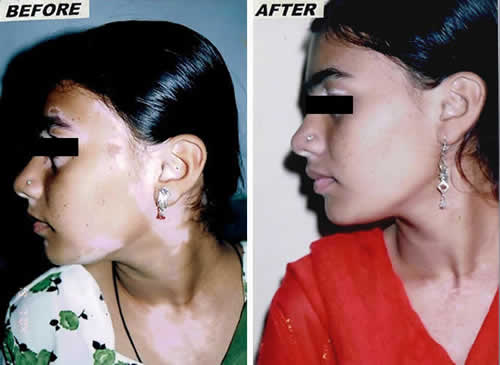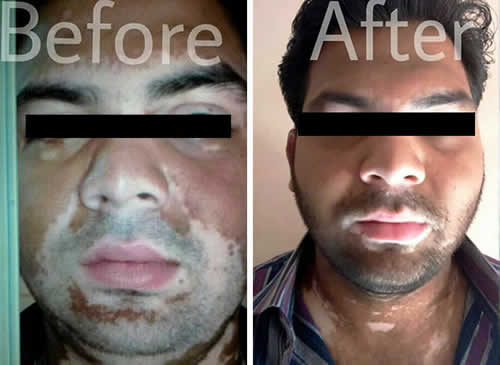Piebaldism
Piebaldism may be a rare skin disease that resembles and presents with skin disease spots. may be a chromosome dominant disorder of epidermal cell development characterised by a inherent white forelock and multiple symmetrical hypo pigmented or depigmented macules.
Piebaldism is an absence of melanocytes in affected skin and hair follicles as a result of mutations of the KIT gene.
Piebaldism is An chromosome dominant disease of pigmentation characterised by inherent patches of white skin and hair that lack melanocytes. Piebaldism results from mutations of the KIT gene, that encodes the cell surface receptor Tran membrane aminoalkanoic acid enzyme for AN embryonic protein, steel issue.
The white hair and patches of such patients square measure utterly fashioned at birth and don't typically expand thenceforth.
Piebaldism may be a benign disorder. The white forelock is clear in 80-90% of these affected. each hair and skin within the central frontal scalp square measure for good white from birth or once hair color 1st becomes apparent. The forelock and white skin could have a triangular form.
White spots could also be ascertained on the face, trunk, and extremities and have a tendency to be symmetrical in distribution and irregular in form. They represent a focal lack of melanocytes.
This depigmented skin could show a slender border of hyper pigmentation or island of pigmentation and has white hair that's otherwise normal-appearing emanating from it.
White patches of hair could also be set apart from frontally in some patients. the sole pigmentation amendment of skin or hair could also be a white forelock in some patients.
Depigmented skin in piebaldism is mostly thought-about unresponsive to medical or light-weight treatment. remotion and skinny split-skin grafts square measure most well-liked surgical procedures. autologous punch attachment for infliction in piebaldism is taken into account in elect people.
The Root Cause of Autoimmune Disease
It is our mission to provide each patient the best care in a kind, honest and compassionate manner.”

